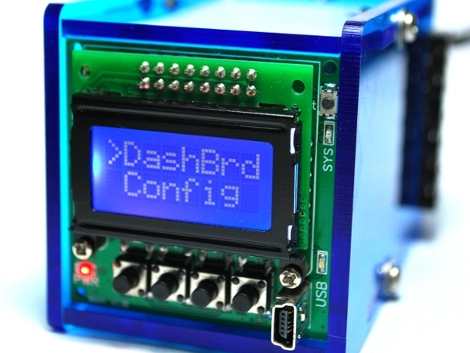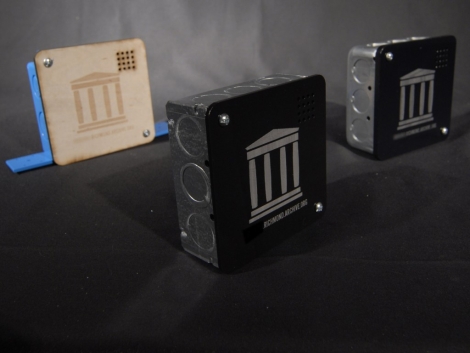
The Free Sofware Foundation, the very same organization responsible for the GNU General Public License and open source advocacy on the part of the Free Software stalwart [Richard Stallman], has certified its first piece of hardware as Respecting Your Freedom.
This new certification goes far beyond the goals of Open Source Hardware. In addition to providing documentation, schematics, and design files, hardware certified as Respecting Your Freedom must meet much more stringent requirements.
Of course, all software used with RYF hardware must be Free Software, but the certification also carries with it a few more requirements. The source and CAD files must be provided, it must use formats unencumbered by closed licenses, and the hardware must not spy on the user.
The honor of the first RYF-certified piece of hardware goes to, of course, a 3D printer. It’s the AO-100 printer developed and sold by Aleph Objects, Inc., a.k.a. Lulzbot out of Colorado.
With so many Open Source Hardware projects coming down the pipe, it’s great to see a somewhat more militant organization (that’s a good thing!) such as the Free Software Foundation provide a certification process for hardware projects. Keep in mind this isn’t a ‘certified once and forget about it’ proposition; the FSF is willing to provide a bounty to encourage the public to report violations of RYF certification. Anything to keep them honest, right?














